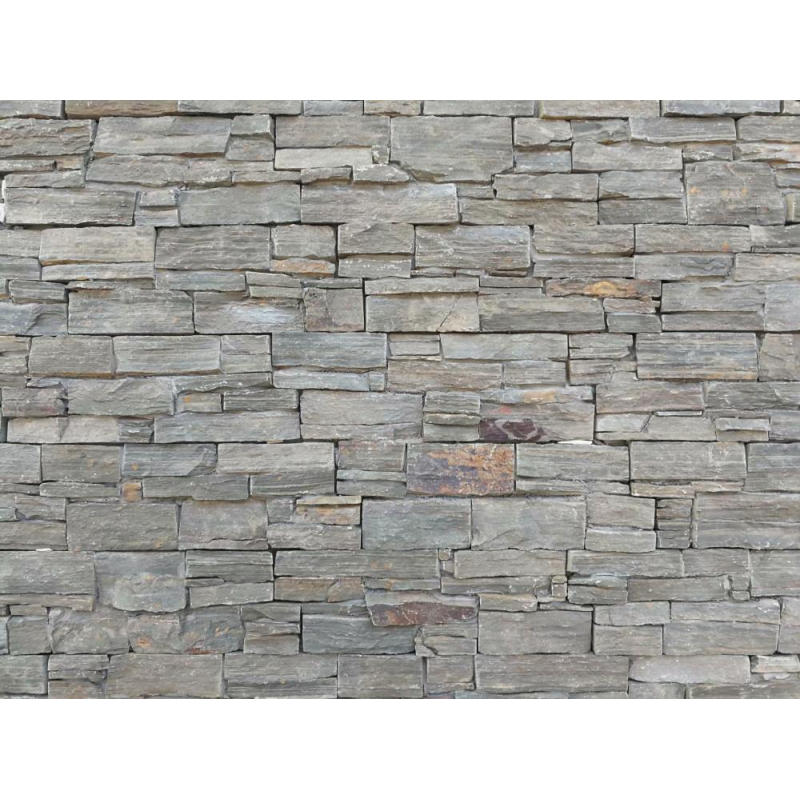
Natural nga bato mao ang usa sa labing kasagarang gigamit nga mga materyales nga gigamit sa mga balay ug mga tanaman. Apan nakahunong ka na ba aron maghunahuna kung diin gikan ang imong partikular nga mga tile nga bato, tisa, o salog?

Natural stone was created thousands of years ago when the Earth was just a ball of mineral gases. As these gases began to cool down, they compressed and solidified to form the world we know today. It was during this process that natural stone was formed – the type of stone created depends on what type of minerals were combined at that time. This was a slow process that occurred over millions of years. As the Earth began to settle, many of these seams of stone were gradually pushed to the surface by heat and pressure, creating the large formations we see today.
Stone can come from anywhere in the world, and the type of stone is determined by its origins. There are quarries in America, Mexico, Canada, Italy, Turkey, Australia, and Brazil, as well as many other countries around the globe. Some countries have multiple natural stone quarries, whilst others only have a few. Let’s look in closer detail at where particular stones originate and how they were formed.
Marmol is the result of limestone that has been altered through heat and pressure. It’s a versatile stone that can be used on virtually anything – statues, stairs, walls, bathrooms, counter tops, and more. Usually seen in white, marble is also common in black and grey tints, and has great weather endurance.
Quartzite naggikan sa sandstone nga nausab pinaagi sa kainit ug kompresiyon. Ang bato nag-una sa mga puti, apan mahimo usab nga makit-an nga adunay brown, gray, o berde nga kolor niini. Usa kini sa pinakalisud nga natural nga mga matang sa bato, nga naghimo niini nga usa ka maayo kaayo nga pagpili alang sa pagtukod sa mga facade, countertop, ug uban pang mga istruktura nga nagkinahanglan og bug-at nga katungdanan nga mga bato.
Granite sa sinugdan usa ka igneous nga bato nga naladlad sa magma (lava) ug nausab pinaagi sa pagkaladlad sa lainlaing mga mineral. Ang bato kasagarang makita sa mga nasod nga nakakita ug taas nga kalihokan sa bulkan sa usa ka punto, ug anaa sa daghang lain-laing mga kolor gikan sa itom, kape, pula, puti, ug halos tanang kolor sa tunga. Ang granite usa ka maayong kapilian alang sa mga kusina ug banyo tungod sa mga kalidad nga antibacterial niini.
Anapog mao ang resulta sa compression sa coral, kinhason, ug uban pang mga kinabuhi sa kadagatan nga magkauban. Adunay duha ka klase sa anapog, usa ka mas gahi nga tipo nga puno sa calcium, ug usa ka mas hinay nga tipo nga adunay daghang magnesium. Ang gahi nga anapog sagad gigamit sa industriya sa pagtukod, o gigaling ug gigamit sa mortar tungod sa kalidad niini nga dili mabasa sa tubig.
Bluestone is sometimes referred to as basalt, and is one of the most common natural stones around the world. Bluestone forms through the alteration of lava, and because of this, is one of the closest stones to the Earth’s surface. Basalt is generally darker in colour, and is used as house roofing and floor tiles because of its hard texture.
slate namugna sa dihang ang shale ug mudstone sediments nausab pinaagi sa kainit ug pressure. Anaa sa mga kolor gikan sa itom, purpura, asul, berde, ug abohon, ang slate nahimong popular nga pagpili alang sa atop tungod kay kini mahimong putlon nga nipis ug makasugakod sa bugnaw nga temperatura nga adunay gamay nga kadaot. Ang slate kanunay usab nga gigamit ingon nga tiling sa salog tungod sa malungtaron nga kinaiya niini.
Travertine is created when floodwaters wash through limestone, leaving mineral deposits throughout. As it dries out, the extra minerals solidify to gradually create a much denser material called travertine. This stone is good as a replacement for marble or granite, as it’s much lighter and easier to work with, yet still durable. For this reason travertine is often used on floors or walls, and is estimated to last around fifty years if maintained regularly.